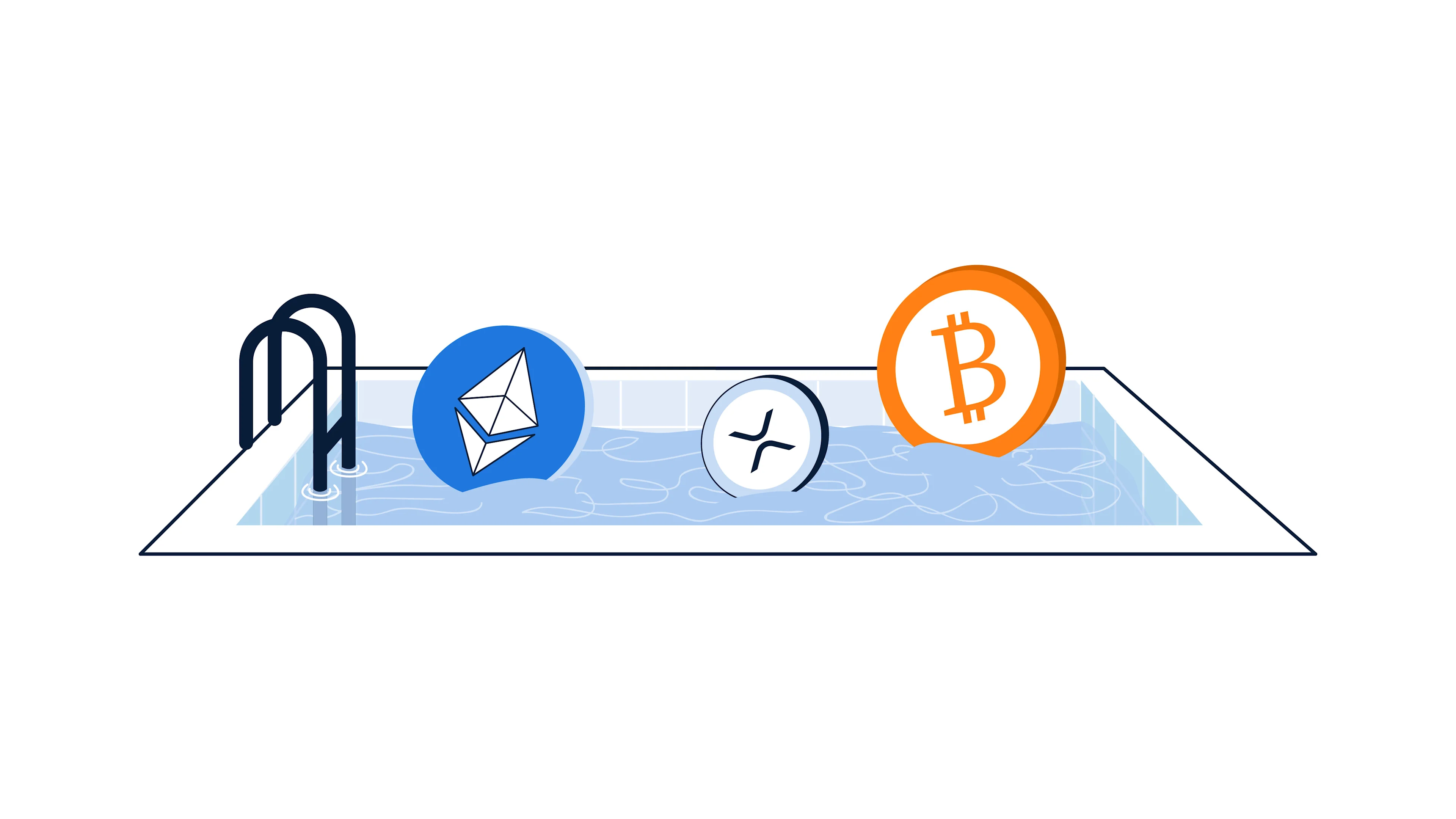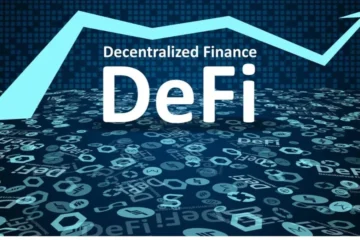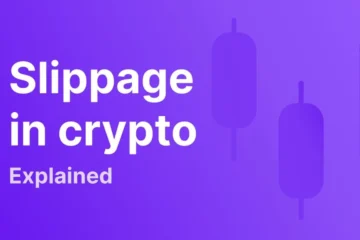Decentralized Finance, or DeFi, has been one of the most revolutionary aspects of the blockchain space. But if you’ve ever swapped tokens on a decentralized exchange (DEX) like Uniswap or PancakeSwap, you’ve interacted with something called a liquidity pool—even if you didn’t know it. These pools are the quiet powerhouses of DeFi, making everything from trading and lending to yield farming possible.
But what exactly is a liquidity pool in crypto? And how does it fuel the entire DeFi ecosystem? Let’s break it down.
Table of Contents
Understanding the Basics: What Is a Crypto Liquidity Pool?
A liquidity pool is essentially a collection of tokens locked into a smart contract that provides liquidity for decentralized trading, lending, and other financial activities.
In traditional finance, liquidity comes from buyers and sellers placing orders in a centralized order book. But in DeFi, liquidity pools replace the order book. When you swap tokens on a DEX like Uniswap, you’re not trading with another person — you’re trading against a pool of tokens.
For example, a USDC/ETH pool contains equal values of USDC and ETH. If you want to swap your ETH for USDC, the pool automatically provides the tokens based on an algorithm, adjusting prices according to supply and demand. No order books, no middlemen — just math.
Who Provides the Liquidity — and Why?
Anyone can become a liquidity provider (LP) by depositing a pair of tokens into a pool. In return, they earn a share of the trading fees that users pay when swapping assets through that pool.
Also Read: How to Read a Cryptocurrency Whitepaper: A Step-by-Step Guide for Beginners
Say you deposit $1,000 worth of ETH and $1,000 worth of USDC into a liquidity pool. You now own a percentage of the pool. As users trade ETH for USDC and vice versa, they pay a small fee—usually 0.3%—and that gets distributed proportionally to LPs like you.
So why do people do this? Because it can be profitable. But it’s not risk-free (more on that in a bit).
How Liquidity Pools Power DeFi
Without liquidity pools, most DeFi platforms wouldn’t function. Here’s how they underpin the entire decentralized finance system:
- Token Swapping
DEXs like SushiSwap, Curve, and Balancer rely on liquidity pools for automated market-making. This enables instant token swaps without relying on a central exchange or buyer-seller matchups. - Yield Farming and Staking
Many DeFi protocols use liquidity pools for yield farming — users deposit LP tokens (proof of their stake in a pool) into smart contracts to earn additional rewards in other tokens. - Lending and Borrowing
Protocols like Aave or Compound use pools of supplied tokens that others can borrow from. The interest generated is paid back to the liquidity providers. - Stablecoin Pegs
Liquidity pools also help maintain price stability for algorithmic stablecoins by providing the liquidity needed to absorb price swings.
Simply put: No liquidity pool, no DeFi.

The AMM Mechanism: Math Replaces the Middleman
At the heart of liquidity pools is something called an automated market maker (AMM). This is the algorithm that determines how much of one token you get when swapping it for another.
The most basic AMM model follows the constant product formula:
x * y = k
Here, x and y are the two tokens in the pool, and k is a constant. When you swap tokens, the ratio changes, and so does the price. This is why large trades can lead to something called slippage — where you get slightly less than expected due to pool imbalance.
Also Read: What Is Slippage in Crypto Trading and How to Avoid It?
The AMM model is what enables instant trading without order books or centralized control.
Risks Involved: It’s Not All Passive Income
Liquidity pools offer attractive yields, but they’re not a free lunch. Here are a few risks to know:
- Impermanent Loss: When the price of tokens in the pool diverges significantly, you could end up with less value than if you just held the assets outright. This is a common risk for LPs.
- Smart Contract Bugs: Since DeFi protocols run on code, any vulnerability in the smart contract could result in a loss of funds.
- Rug Pulls: In low-quality or unaudited pools, the creator could withdraw all liquidity, leaving users with worthless tokens.
So while liquidity pools offer opportunities, they also demand careful due diligence.
Why Liquidity Pools Matter in the Bigger Picture
Liquidity pools aren’t just a technical feature—they represent a shift in how financial markets can work. Instead of needing big institutions to facilitate trading, DeFi uses collective participation and code.
By pooling together assets, users can enable powerful financial tools—while maintaining control over their funds. This democratizes access to markets, reduces reliance on centralized players, and allows 24/7 trading across borders.
And with rising interest in decentralized applications and blockchain interoperability, liquidity pools are becoming more advanced, incorporating features like dynamic fees, multi-token pools, and cross-chain liquidity sharing.
Final Thoughts: The Power Behind the DeFi Curtain
Understanding liquidity pools is key to grasping how DeFi actually works. They’re the quiet engine behind the slick user interfaces and explosive yields. Whether you’re a casual trader, a yield farmer, or a curious observer, knowing how crypto liquidity pools function can help you navigate DeFi smarter—and safer.
As always, dive in with research, start small, and don’t assume that high rewards come without high risks.




